In their natural habitat, chimpanzees help maintain their ecosystem by helping with the dispersal of seeds. They disperse seeds by either ingesting the fruit or nut and later depositing the seeds elsewhere in their feces, or wadging the seed or nut and leaving it somewhere else in their habitat. Once the chimpanzee leaves the seeds via droppings or wadge, it germinates and a new generation of fruit tree can begin to grow. It is one of the many upon many of reasons protecting wild chimpanzee populations is important. It helps maintain the natural ecosystem.
Seed dispersal can also occur in captivity. Last summer, we had noticed a couple of pumpkin plants growing in the Oakwood Greenhouse. This year is no different. In fact, this years seems like there is more of a variety of plants growing throughout the sanctuary. Some of them can be attributed to the night bags the chimpanzees receive at dinner, while others are a bit more curious. They are sometimes part of the ingredients we use for the chimpanzees’ morning smoothie, and the only way they could have started to grow is by the chimpanzees passing them.
Here are some of the plants growing in the greenhouses (currently):
Pumpkin Plants
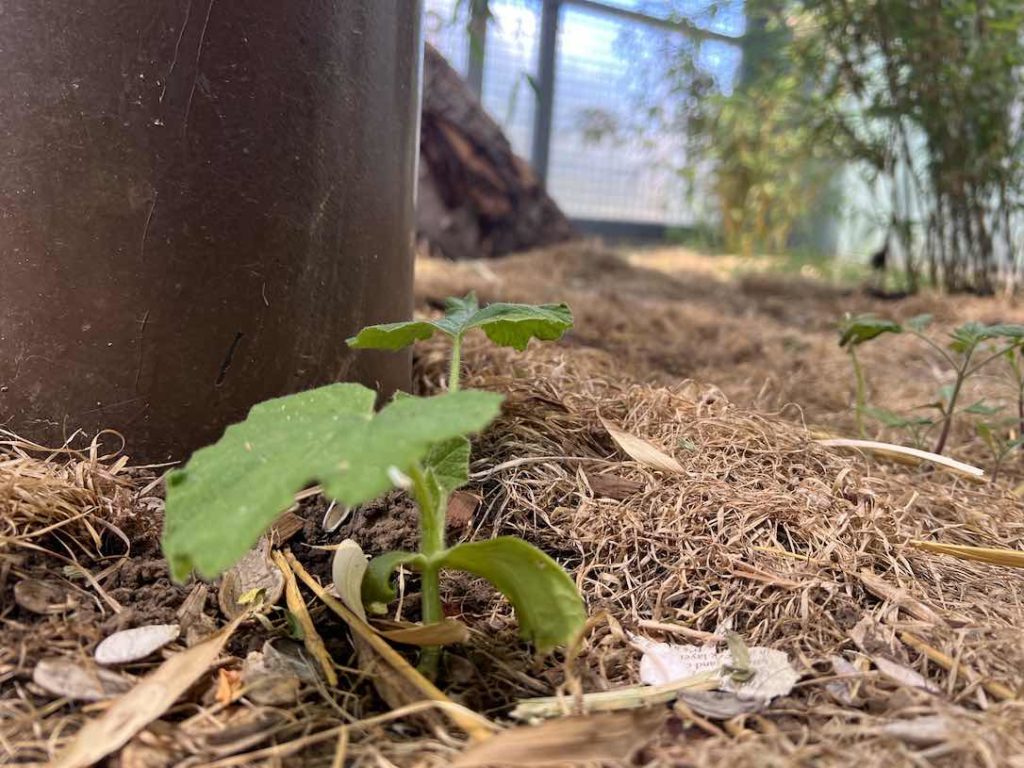
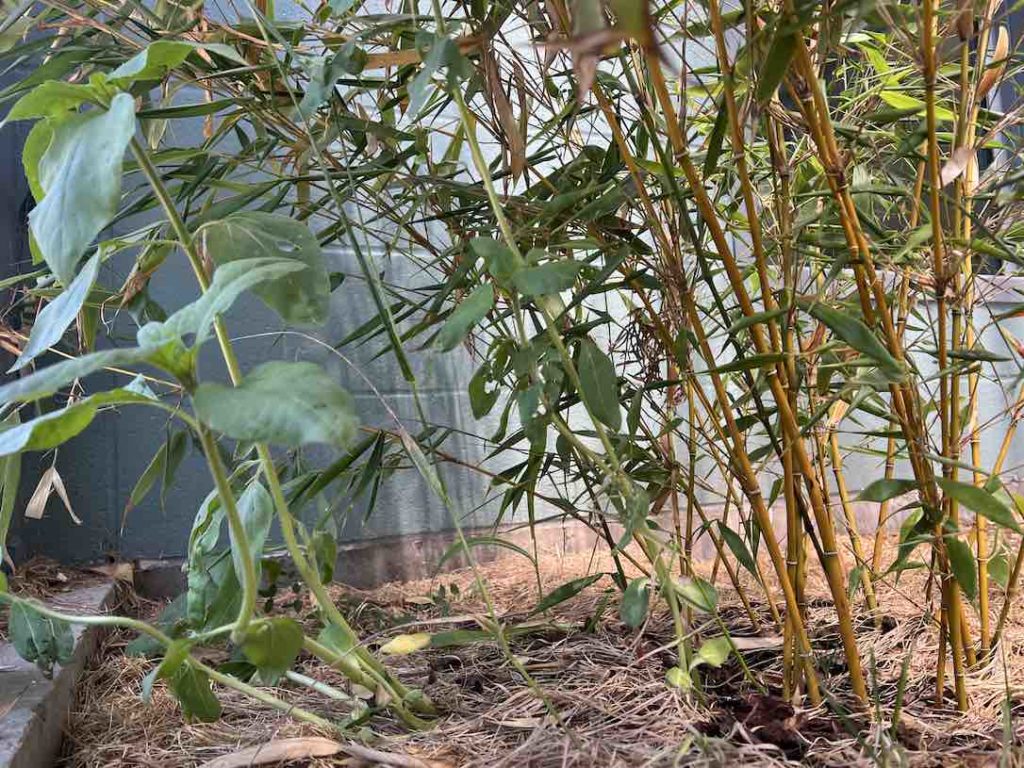
Elderberry
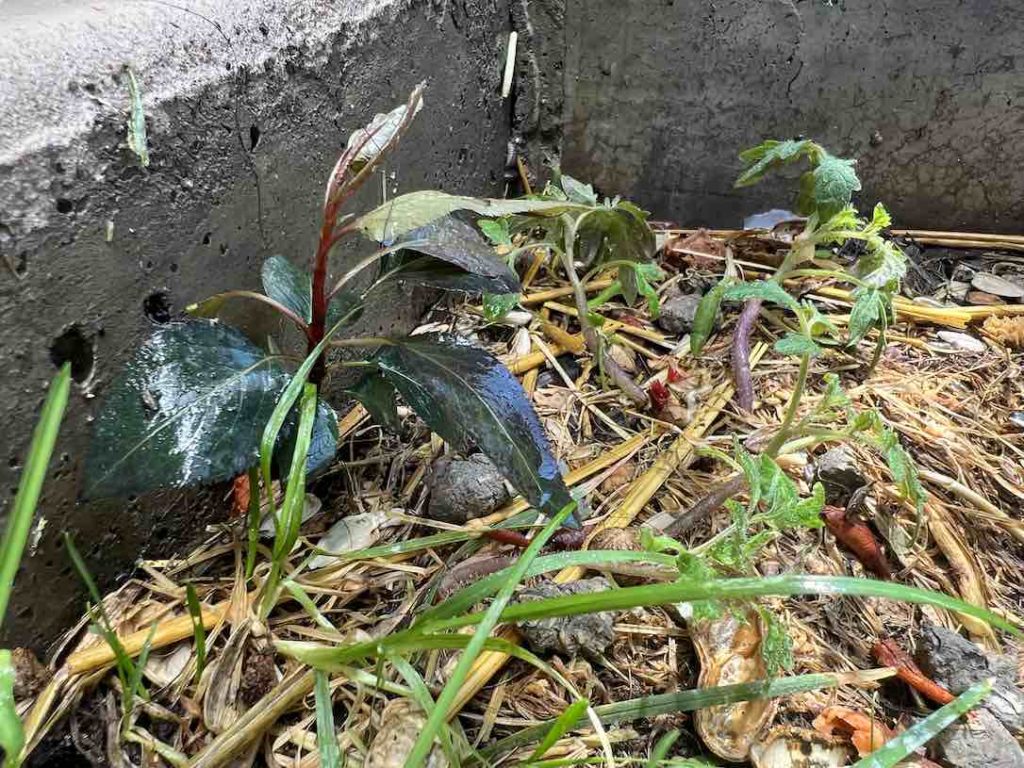
Blackberry
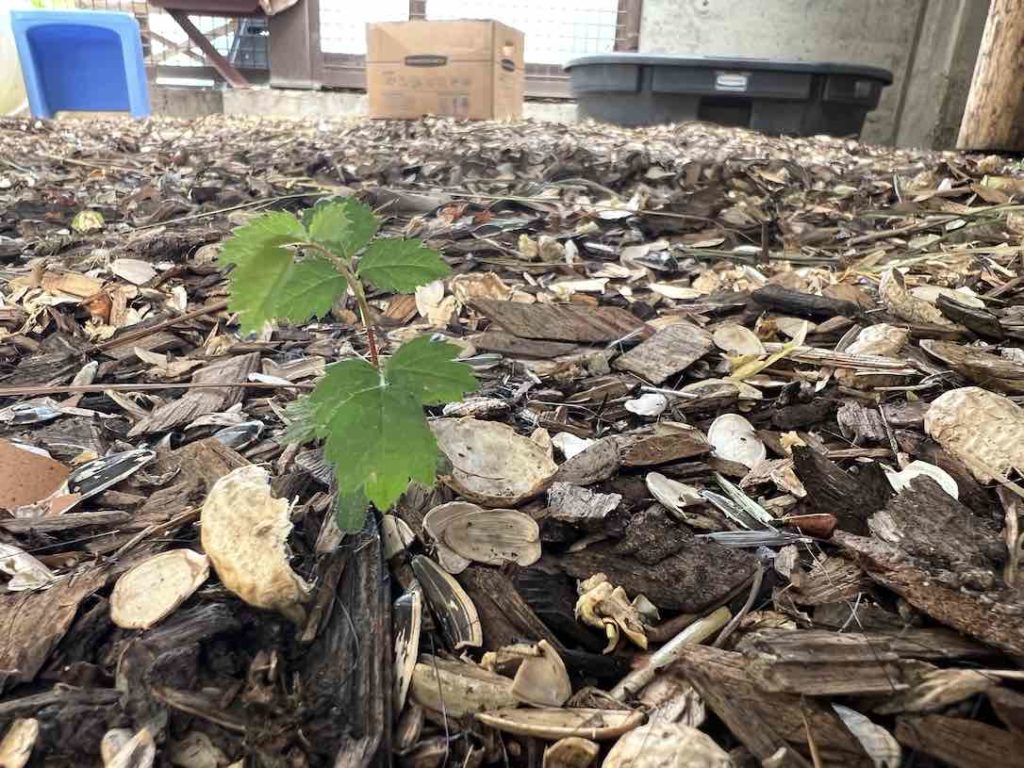
Sunflower
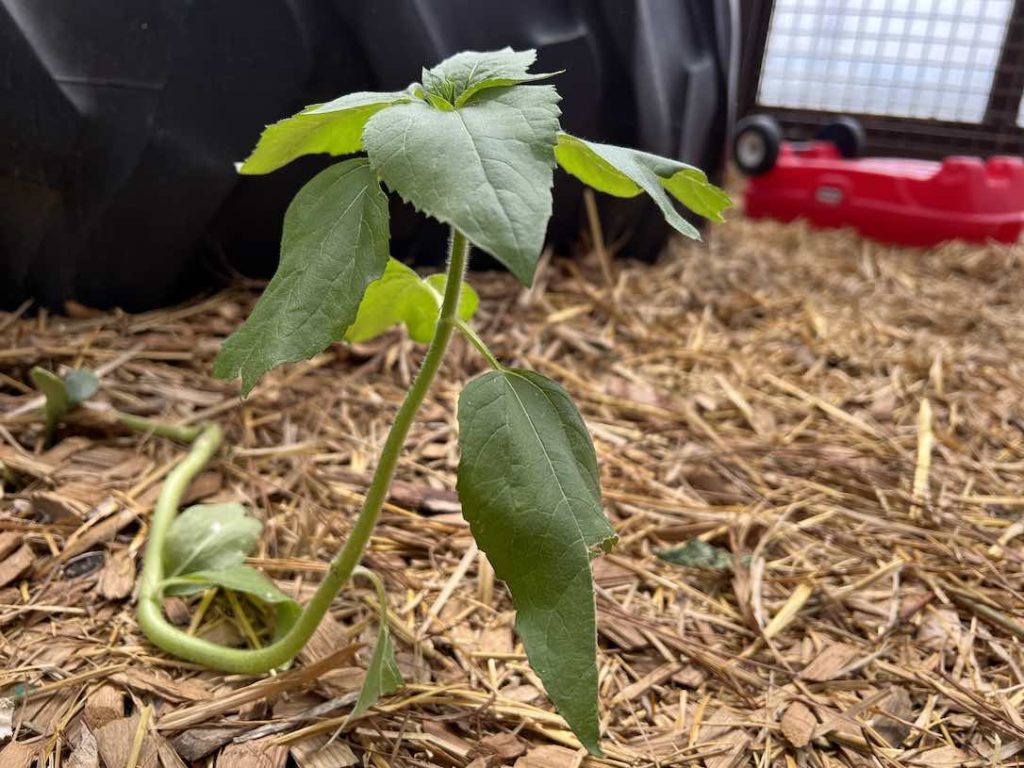
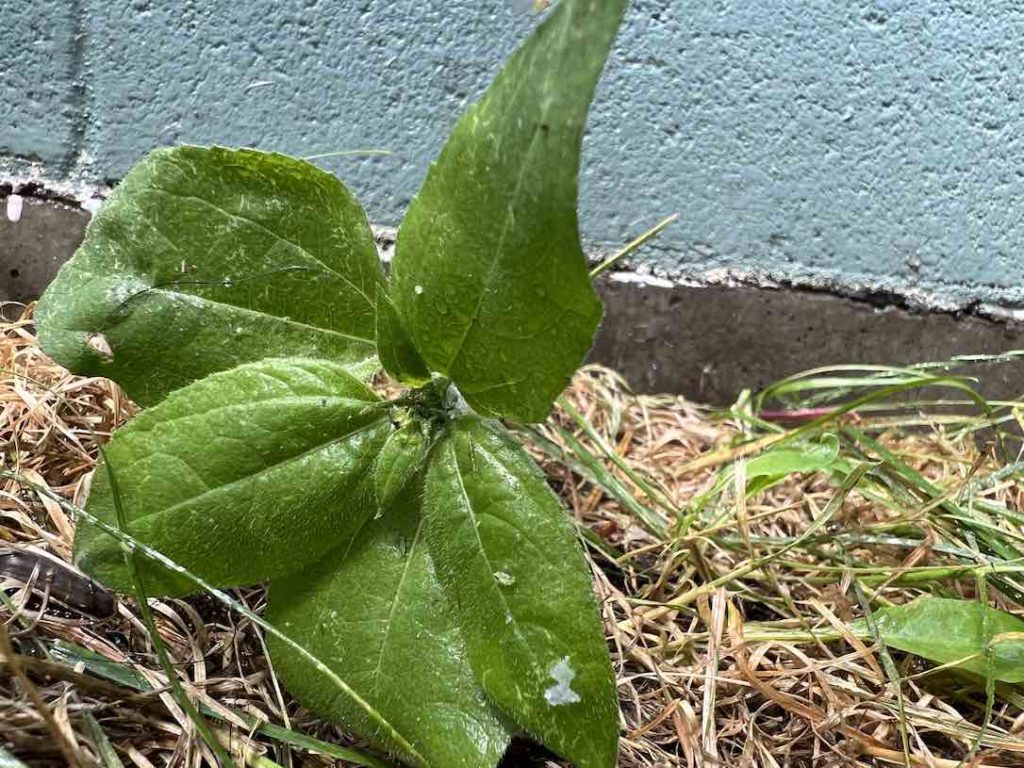
It also appears that growing is not exclusive to the greenhouses:
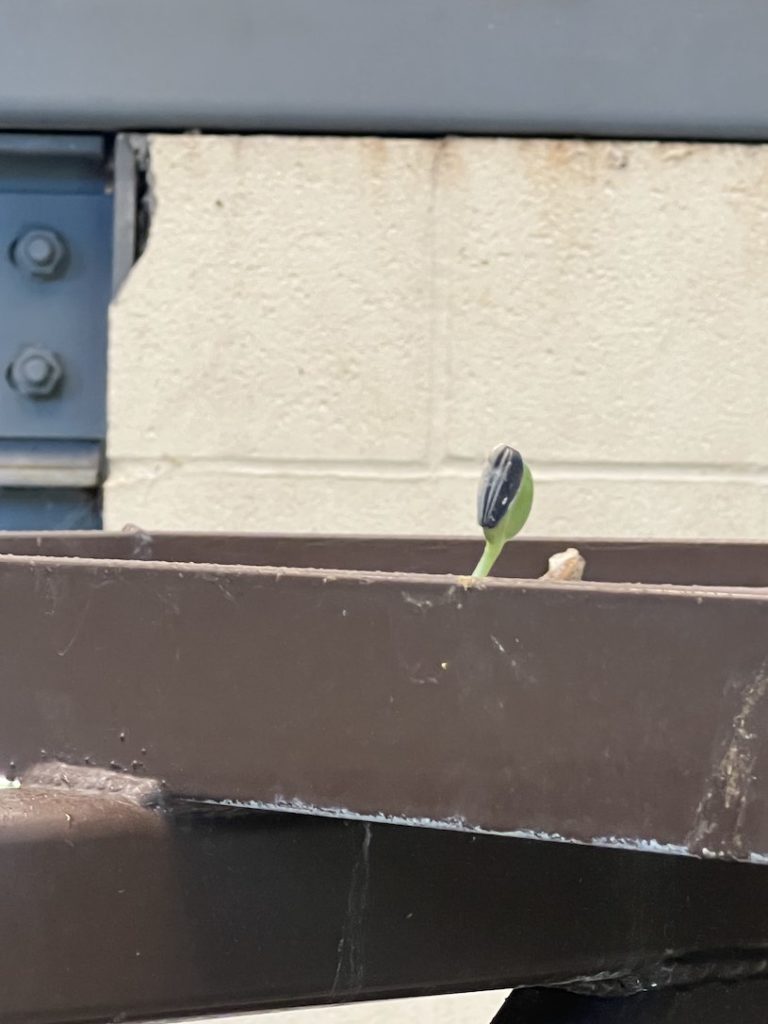
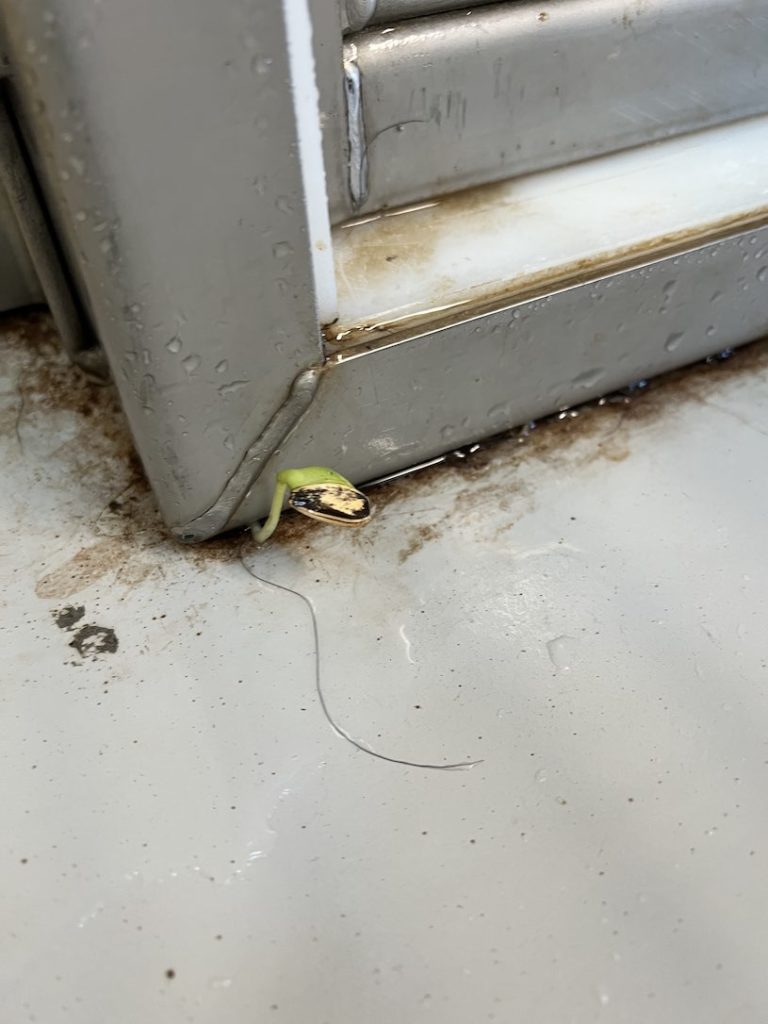
Though these plants probably won’t grow to their full potential since the chimpanzees will probably root them out at some point, we can only hope they are left untouched and can start growing some fruits/veggies.
Here are some of the seed dispersers today!
Jamie:
Honey B:
Gordo:
Foxie:
Mave and Rayne:
And some photos of our recovering Queen Negra:
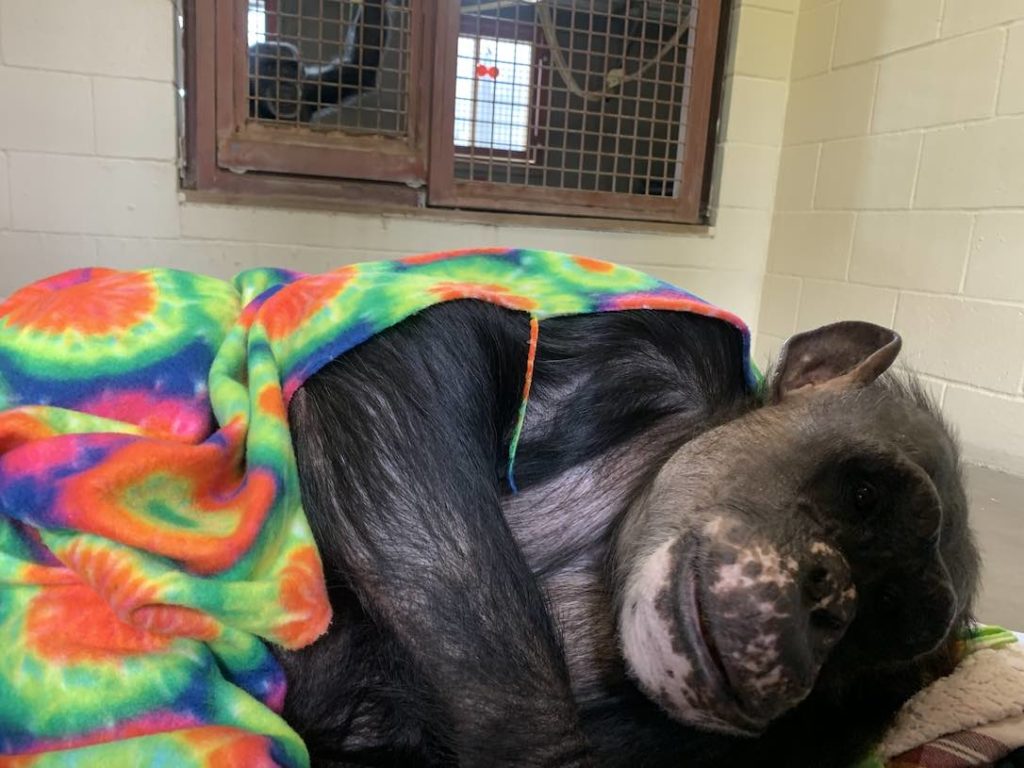
Negra seems to not mind this set up. She has been staying out of the family politics, been covered in blankets, receiving a lot of attention from the human caregivers…
And yes, Hawaiian rolls!
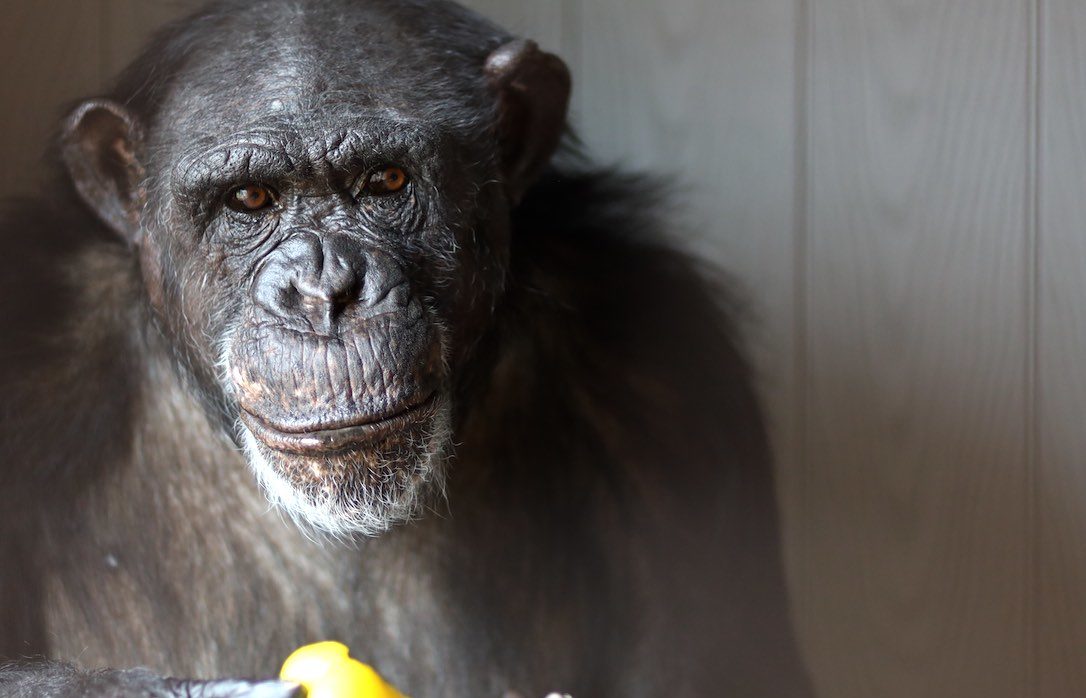
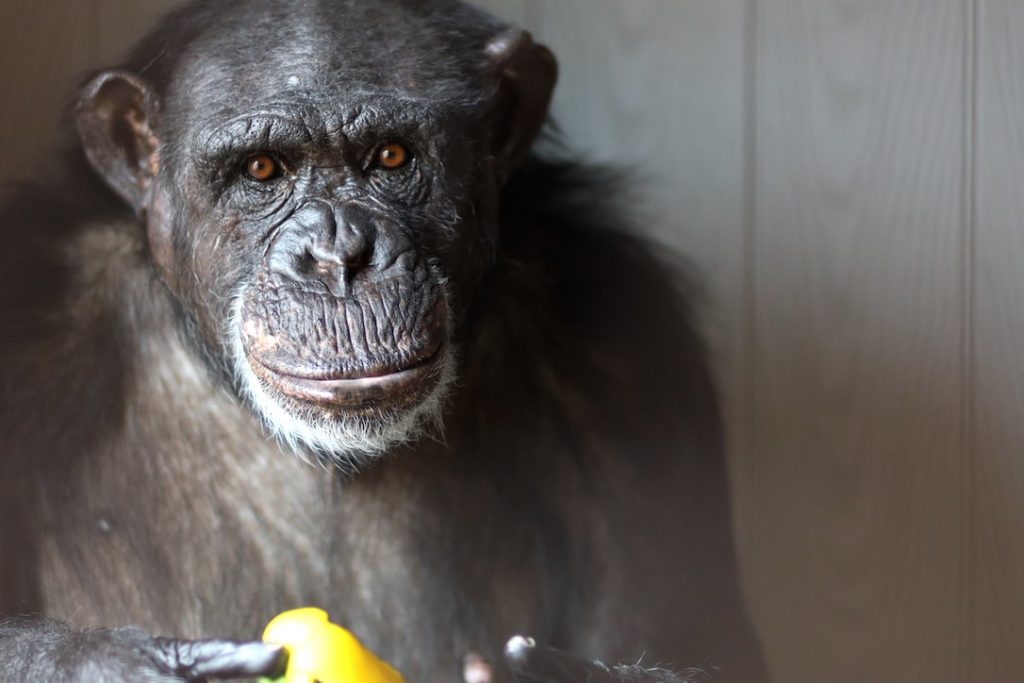
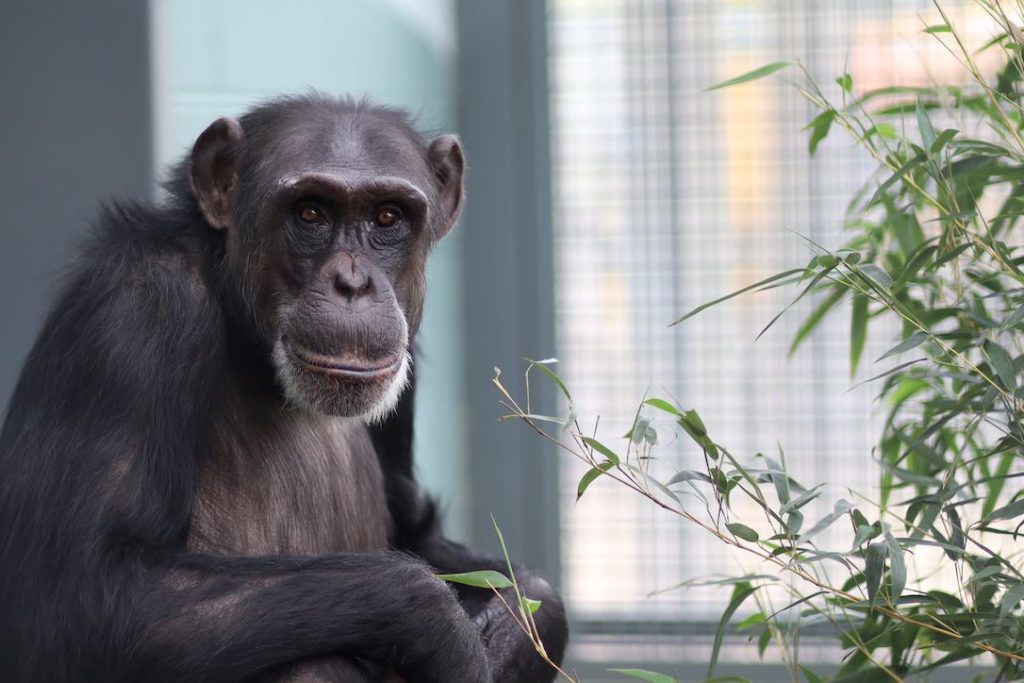
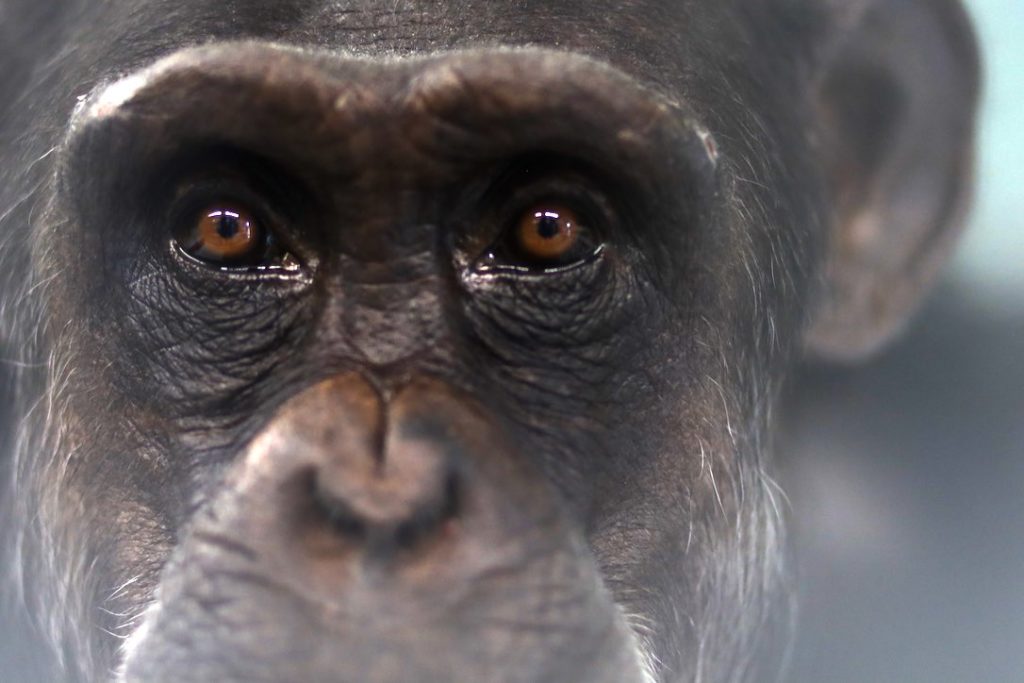
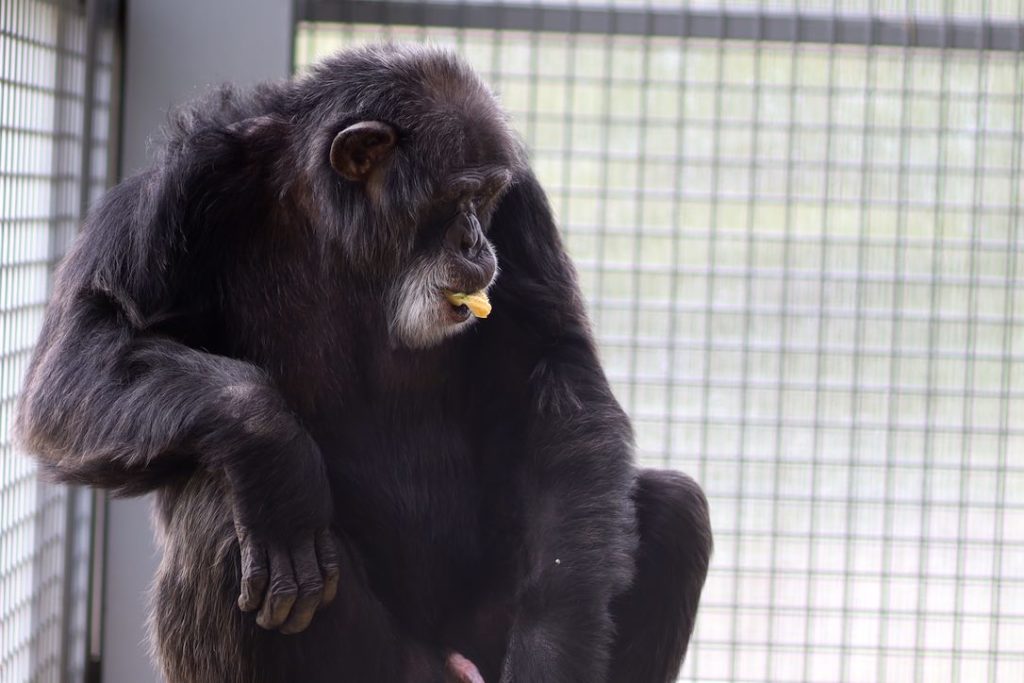
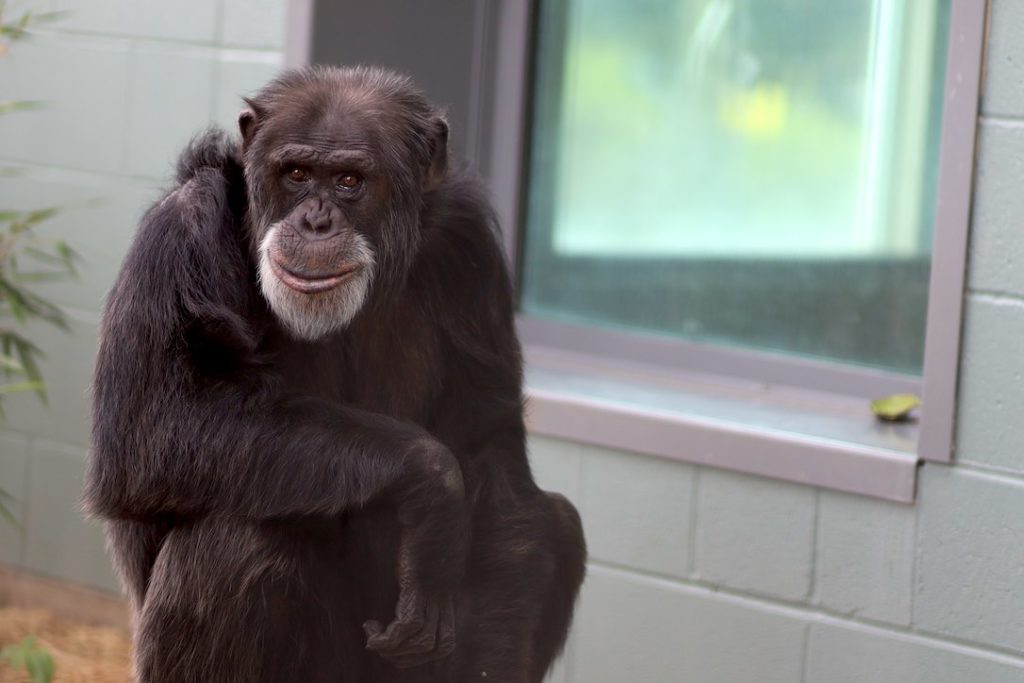
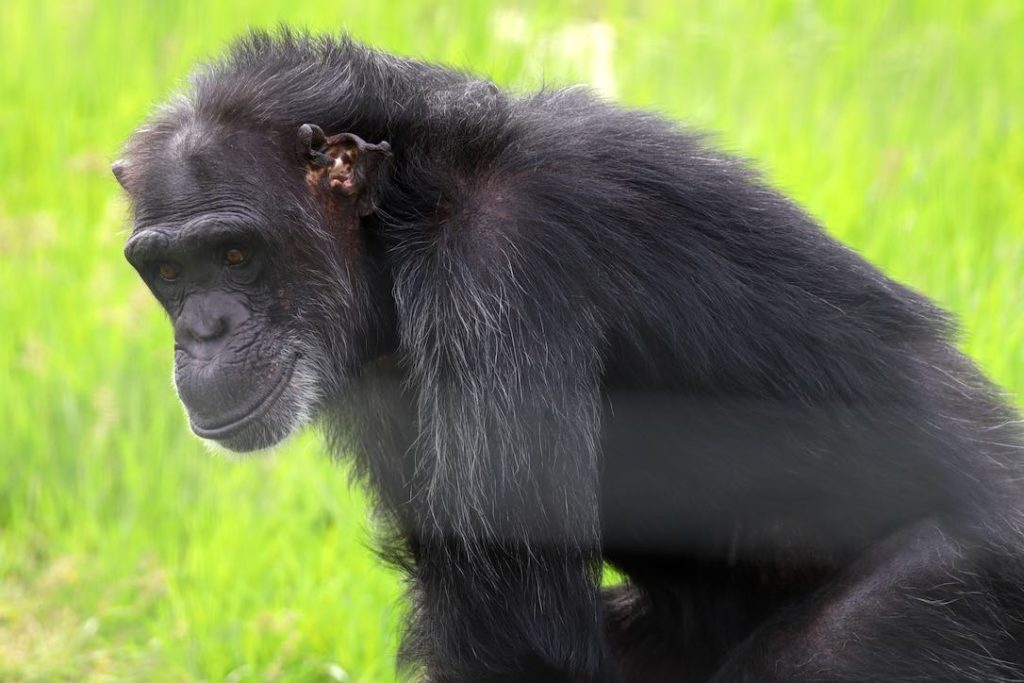
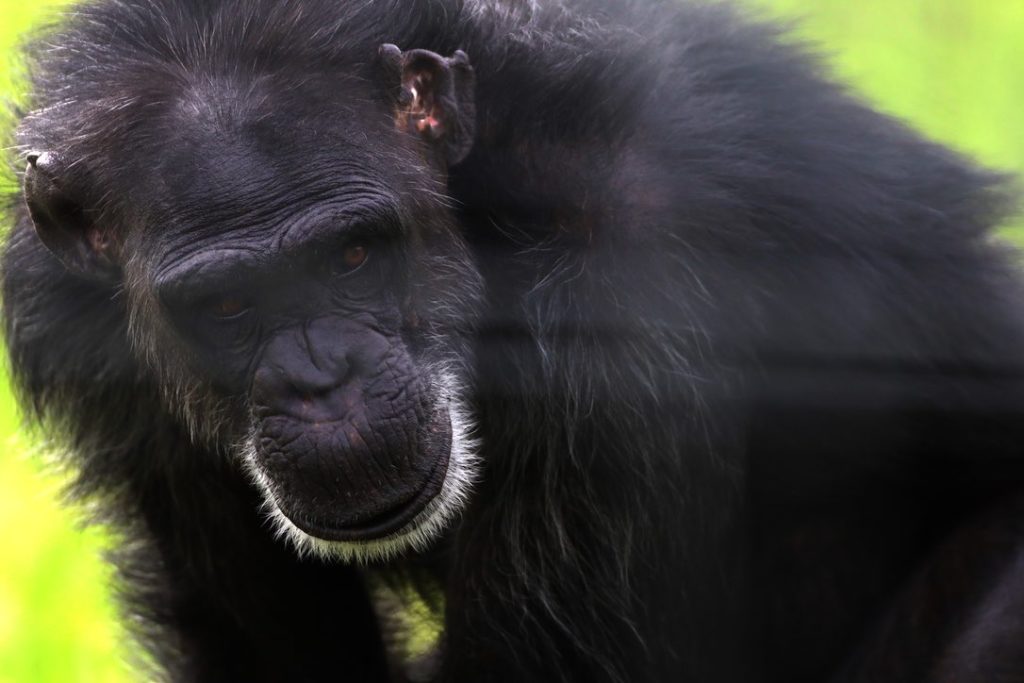
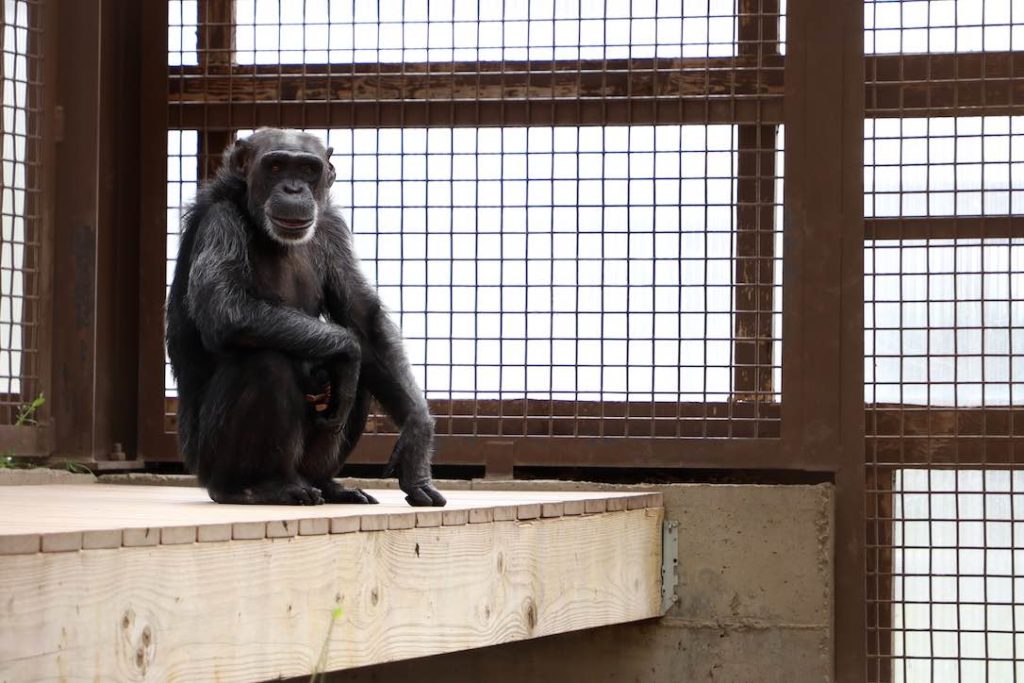
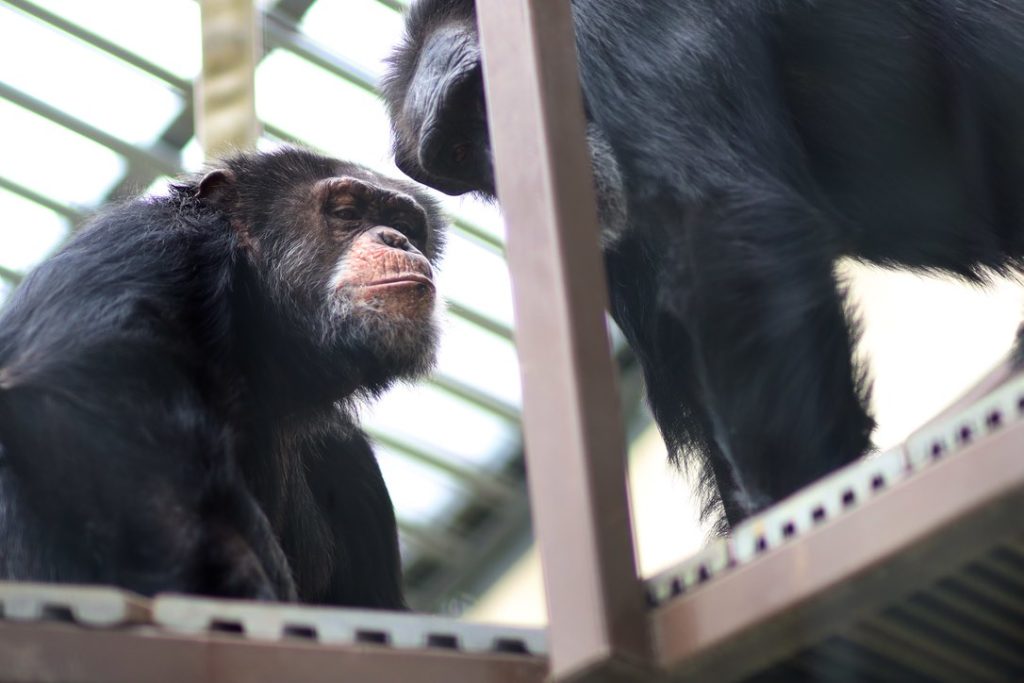
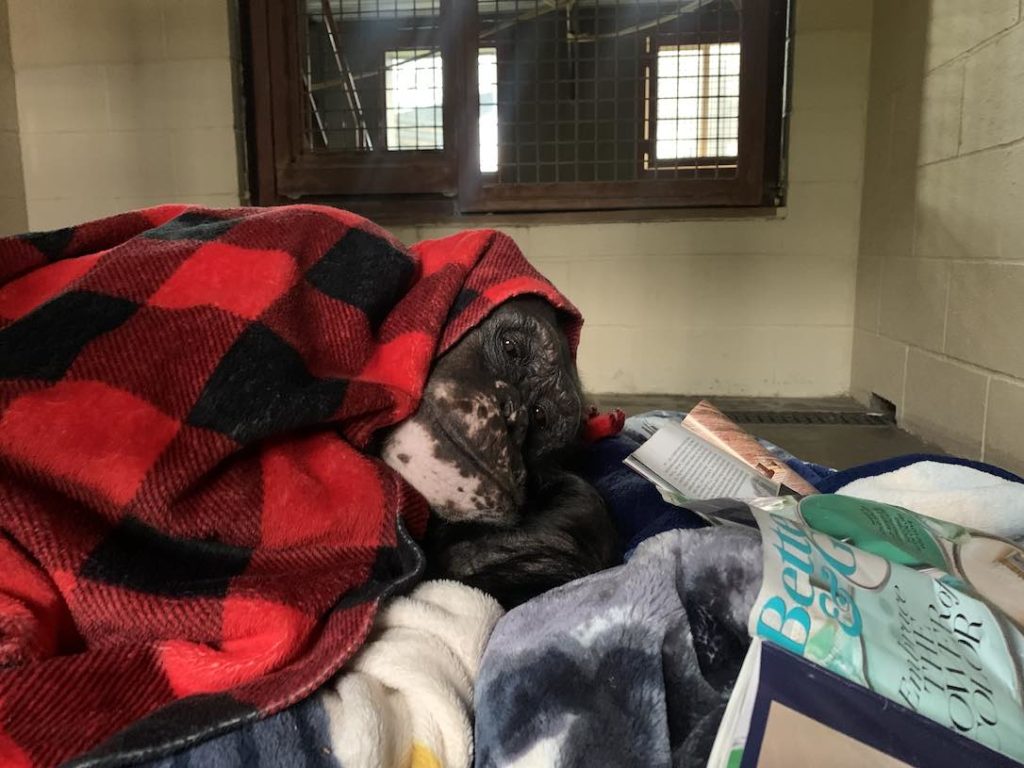
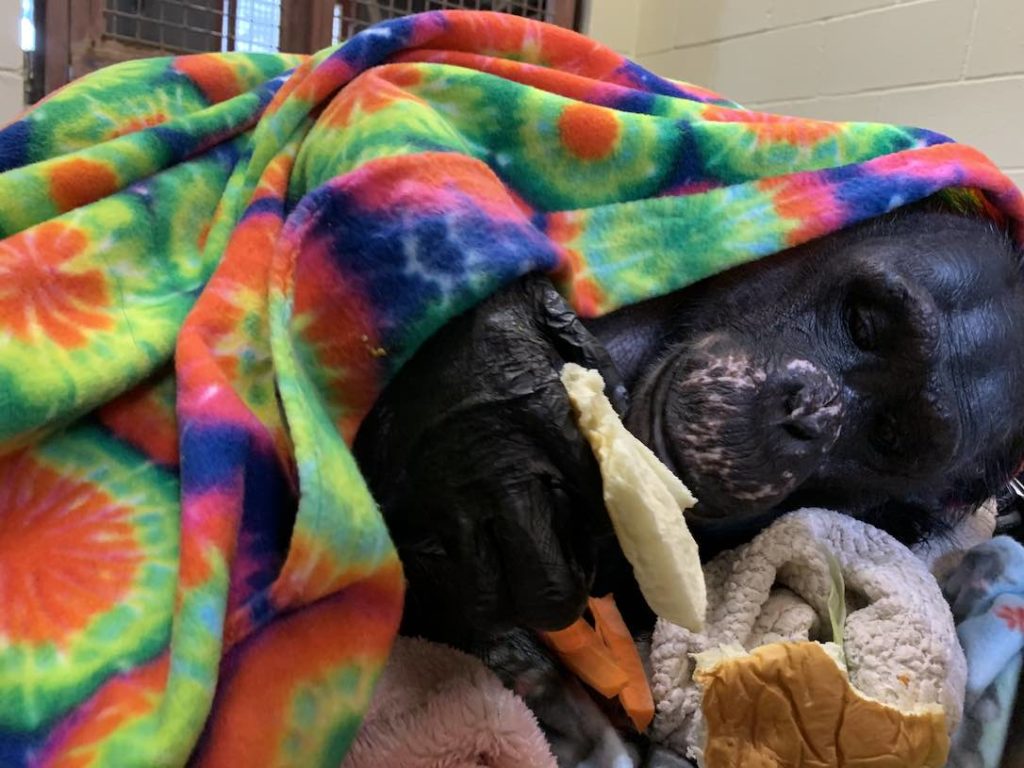





Aw, I’m glad she’s getting lots of TLC! Wow! WHOLE Hawaiian rolls!
After the horrible shooting today in Texas, my wounded heart really needed to see the sweet faces of the chimps. Thank you for sharing this with us.
It would be great if they could resist the temptation to eat the plants until they could fruit, but I know thats unlikely, correction, impossible. Imagine huge pumpkins growing in the greenhouses
someone is spoiled. i think the Queen is going to milk her quiet time as long as she can.
one of the many wrongs done to chimps that was recently brought to our attention (well maybe was or not, but i like learning) for me really hit home – The number on Negra’s thigh. for me it shows the lack of any compasion for them. i was in a foster home for 3 years when i was really young. i to this day still do not understand why. in a way, i can relate. but, i know that my time not understanding will never be like what the many chimpanzees and many other animals have/had indured for medical/any type research.
i really appreciate that everyone shows so much compasion to all the Chimpanzee and all animals on and around at Chimpanzee Sanctuary Northwest
thank you Chad.
:slight_smile:?
Tatooing animals is also used to identify cattle and other livestock al
Also, for awhile before microchips, pets. I watched my beloved corgi jump with each touch of the instrument.:slight_frown:
Oh, I just read this after I posted again. I hope I didn’t offend you! What I was trying to get across was how we view different species. I know my former farmer father viewed sheep in a completely different way than I do.
Not at all Laurie. I am a carnivore, I do eat meat, and as one who respects living things I do question that. What you say causes no offense, only introspection.
That comment slipped through before I was finished….? You mentioned the ID number on Negra and it made me think of all the other animals we brand, tag, ear notch, tattoo etc. Are people just as appalled when they see it on other animals? Any thoughts anyone? Just curious.
Laurie, that is a really good observation. I did find the photo of Negra’s tattoo very chilling, as it remined me of the holocaust victims and survivors, reduced from human beings down to numeric items in a ledger. The fact that Negra was reduced to a number in a database in the late 20th century is very depressing. Are we doing better in the 21st century? Hard to know. I think CSNW is a tiny island of hope, but I don’t know if overall we’re doing better for all species on the planet.
And I just want to say I think there’s a distict difference between giving animals identification to inoculate them against disease and identify them in case they are lost. To me, that is lifting them up, making sure they are cared for and protected. My cats are vaccinated and ID chipped, not because I want them to suffer, but quite the opposite, I want to protect them from suffering. My bovine buddy Betsy can have an ear tag because that is a good way to track that we are caring for her an making sure she (and her small family) are protected from disease.
The other way is to catalog them for profit, or to ensure their destruction when they have outlived their usefulness to humans. Negra would not have been tatooed and rented out for research if there was no profit to be made of her suffering.
Chad,
I thank you for today’s informative blog posting. Moreoever, I am even more grateful to Jamie, Honey B, Gordo, Mave, Rayne and Foxie for their ecologically prudent use of vegetable and fruit seeds (however ex post facto). Gordito y Diminuta (a/k/a Tiny) have much to smile about for their contributions to Green sustainability.
And speaking of smiles: Seeing the look of satisfaction on the Queen’s royal countenance as she dissects a Hawaiian roll brings a smile to this Commoner’s mug. Thank you to all of her human attendents who are taking care of Neggie as she convalesces.
I’m so glad Negra is recovering and enjoying all of her special attention. What a perfect setup for someone who loves breakfast in bed, lunch in bed and supper in bed…I hope she gets better soon, and I’m looking forward to seeing the others welcome her back, what an event that will be!
Thanks, Chad. I’m so relieved that Neggie continues to improve and has lots of loving attention from both of the primate species on site — oh, and lots of cozy blankets, of course. The resprouting is very interesting & I enjoyed seeing the fecundity of the sanctuary taking root in so many ways, including in the new pasture for the bovines shared w/ us in yesterday’s post. Gorgeous land!
I imagine if the chimps didn’t dig up the young seedlings the greenhouses would be packed full of pumpkins, squash, and berry bushes. 🙂
Loved seeing all these photos. Jamie’s eyes, alwsys so bright and full of intelligence. And Negra!! Dear girl. I envision her never getting out of her nest and clapping her hands when she needs (wants!) another roll. Negra is so precious and it soothes my heart to know she’s being spoiled by all of you. Feel better Neggie. xoxoxo
Terry, I posted the chimps birthdays on Yesterdays blog. FYI
That was very interesting about the seeds. Is there any way you can transplant the healthy ones to the garden so the chimps could have some fruit of their planting?